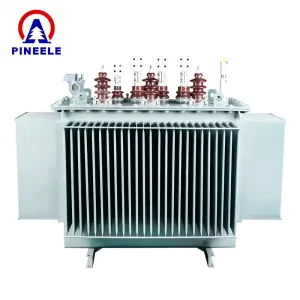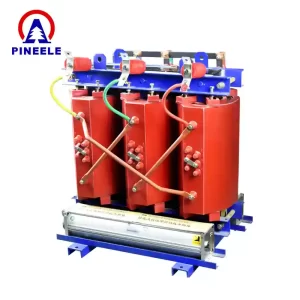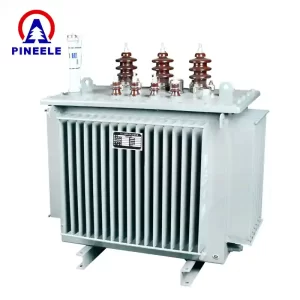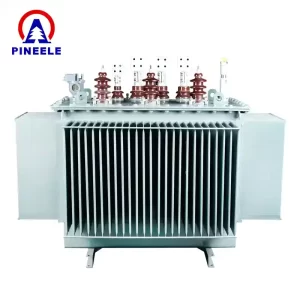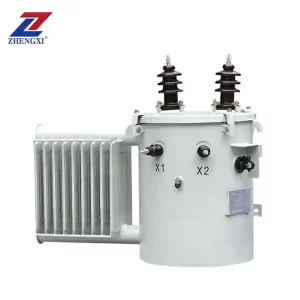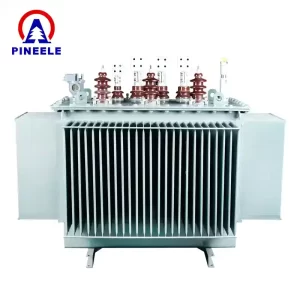The electric transformer guide is the backbone of modern power distribution, enabling the safe and efficient transfer of electrical energy across voltage levels. Whether for industrial plants, utility grids, or commercial buildings, understanding the pricing and selection of electric transformers is essential for both engineers and procurement professionals.
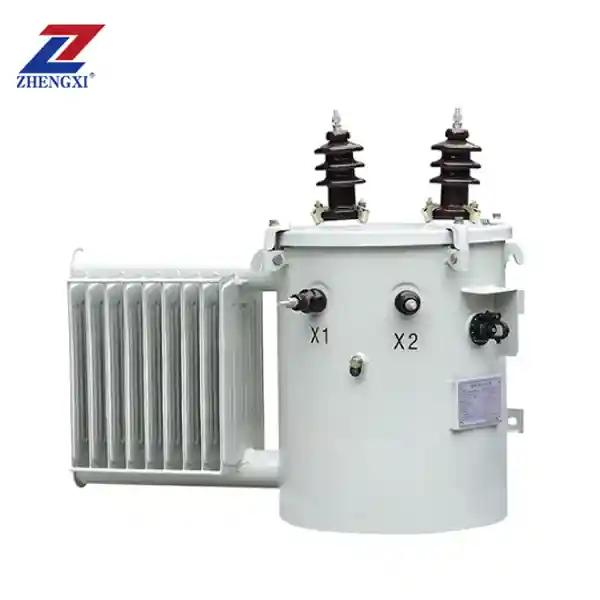
What Is an Electric Transformer?
An electric transformer is a static electrical device that transfers alternating current (AC) voltage from one circuit to another through electromagnetic induction. Its primary function is to either “step up” or “step down” voltage levels, depending on operational needs.
Transformers are categorized by:
- Type: Dry-type vs. oil-immersed
- Mounting: Pad-mounted, pole-mounted, or substation-type
- Phase Configuration: Single-phase or three-phase
- Metoda chlazení: Natural air (AN), oil natural air natural (ONAN), or forced air/oil (ONAF)
These configurations influence both the functionality and cost of the transformer.
Where Are Electric Transformers Used?
Electric transformers are used across nearly every sector that requires controlled voltage levels. Their versatility makes them indispensable in the following settings:
- Power utility networks – stepping voltages up or down between transmission and distribution levels
- Industrial facilities – supplying heavy machinery with correct voltages
- Renewable energy systems – integrating solar or wind energy into grid infrastructure
- Data centers & hospitals – providing stable and isolated power for critical loads
- Commercial & residential buildings – ensuring voltage stability for appliances and lighting
Market Trends and Industry Insights
According to the International Energy Agency (IEA) a IEEMA, the global demand for transformers is rising sharply, driven by infrastructure development, renewable energy expansion, and grid modernization.
- Na stránkách medium-voltage segment (11–33kV) is seeing rapid growth due to urban expansion and smart grid deployment.
- Amorphous core transformers are gaining popularity due to their energy efficiency and compliance with new IEC 60076-20 standards.
- Top manufacturers such as ABB, Schneider Electrica Siemens are investing heavily in eco-friendly insulating oils and IoT-enabled monitoring systems.
Electric Transformer Price Range and Influencing Factors
Na stránkách price of an electric transformer can vary significantly depending on type, rating, and features:
| Transformer Type | Approximate Price Range (USD) |
|---|---|
| 50 kVA Oil-immersed | $800 – $1,500 |
| 100 kVA Dry-type | $1,500 – $3,000 |
| 500 kVA Oil-immersed | $5,000 – $8,000 |
| 1000 kVA Three-phase | $9,000 – $15,000 |
| 11kV/33kV Substation Type | $20,000 – $50,000+ |
Key price drivers include:
- Voltage & capacity ratings: Higher kVA means higher cost
- Cooling method: Dry types are generally more expensive due to safety and fire-resistance
- Brand reputation: ABB and Schneider offer premium products with global certifications
- Accessories: Tap changers, protection relays, smart monitoring systems, etc.
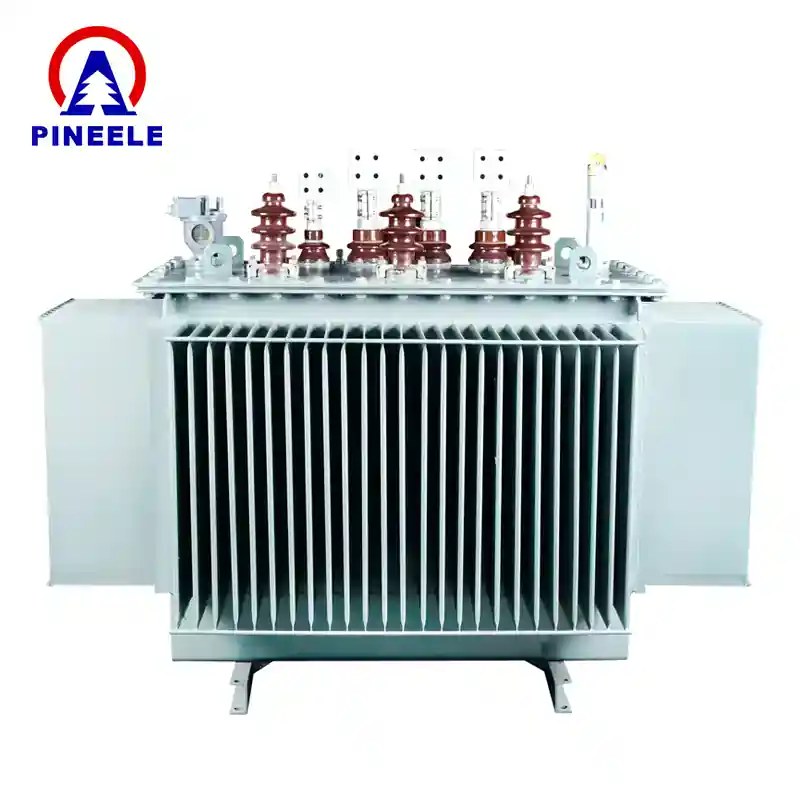
Technical Comparison: Oil vs. Dry Type
| Feature | Oil-Immersed | Dry-Type |
|---|---|---|
| Cooling Efficiency | Vysoká | Moderate |
| Fire Resistance | Low | Vysoká |
| Installation Location | Outdoor preferred | Indoor safe |
| Maintenance | Periodic oil checks needed | Low maintenance |
| Price | Lower | Higher |
Each type serves different needs. Oil-immersed transformers are ideal for outdoor utility-scale applications, while dry-type transformers are preferred in hospitals, schools, and commercial buildings due to reduced fire risks.
Buying Advice: How to Choose the Right Transformer
When selecting an electric transformer, consider the following key criteria:
- Load profile – Estimate peak and average demand in kVA
- Installation site – Determine if indoor or outdoor installation is needed
- Voltage rating – Match both primary and secondary voltages
- Cooling requirements – Assess ambient temperature and ventilation
- Compliance – Ensure IEC, ANSI, or regional standard certification
- After-sales service – Prioritize vendors offering technical support and warranties
For mission-critical applications, it is advisable to procure from internationally certified brands that offer lifecycle management and remote diagnostics.
Authoritative References
- Wikipedia – Transformer
- IEEMA – Transformer Market Outlook
- IEEE – Transformer Design Standards
- ABB – Transformer Product Range
- Schneider Electric – Power Distribution Solutions
FAQ – Electric Transformers
With proper maintenance, most electric transformers can last 20 to 30 years, or even longer for sealed dry-type models.
Yes. Most manufacturers offer custom windings and voltage ratios based on specific grid or machinery requirements.
Absolutely. Amorphous core transformers and biodegradable oil variants are now widely available, especially for green building projects.

